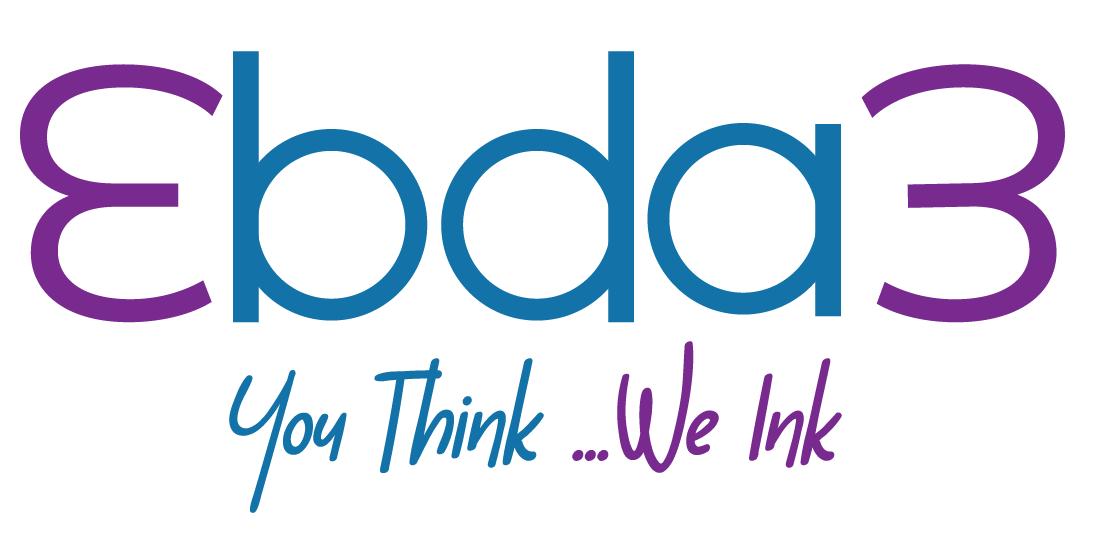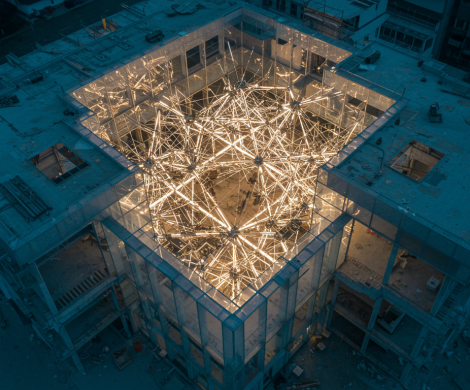The Art of Design: Enhancing Your Creations with White Space

In the world of design, white space isn’t merely empty. It’s a powerful tool that can transform your creations. Let’s explore how using white space can improve your designs.
The Purpose of White Space
White space, often referred to as negative space, is the area between and around the elements in your design. It might be devoid of content, but it’s not devoid of purpose.
1. Visual Clarity
One of the primary advantages of white space is that it enhances visual clarity. It allows your audience to focus on the key elements without distraction. In a cluttered world, simplicity stands out.
2. Emphasizing Key Elements
White space serves as a spotlight. It directs attention to the most important parts of your design. Whether it’s a message, an image, or a call to action, white space highlights what matters.
3. Improving Readability
In text-heavy designs, like websites or printed materials, white space is a game-changer for readability. It provides breathing room for the content, making it easier on the eyes.
4. Creating Balance
Balance is crucial in design. White space helps achieve this balance by preventing your design from feeling too heavy on one side or cluttered in a corner.
5. Eliciting Emotions
White space doesn’t just enhance aesthetics; it also influences emotions. It can create a sense of elegance, minimalism, or serenity in your designs.
6. Encouraging Interaction
In web design, white space can make a website more user-friendly. It provides space for clickable elements, reducing the chances of accidental clicks and frustrating experiences.
Conclusion: The Art of Design White space isn’t about doing less; it’s about doing more with less. It’s an essential element in the art of design, allowing you to communicate more effectively, capture attention, and create designs that are both aesthetically pleasing and highly functional. It’s the magic that happens when you let your design breathe.





